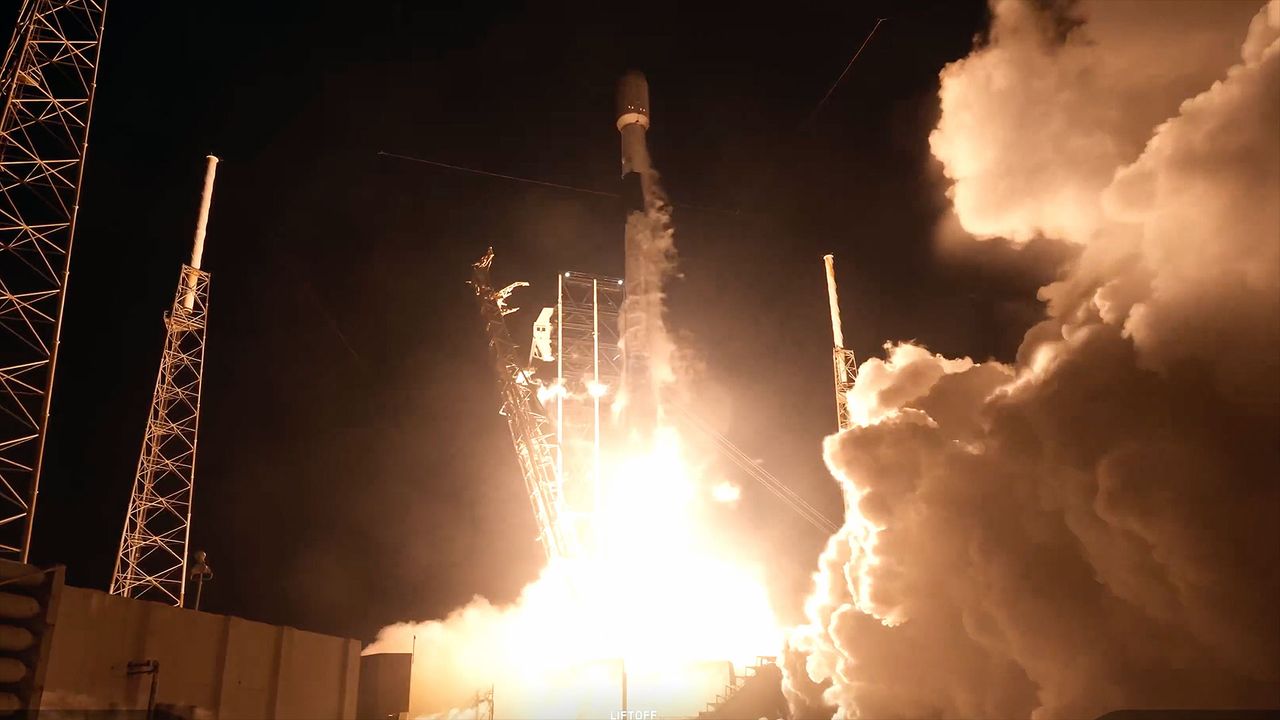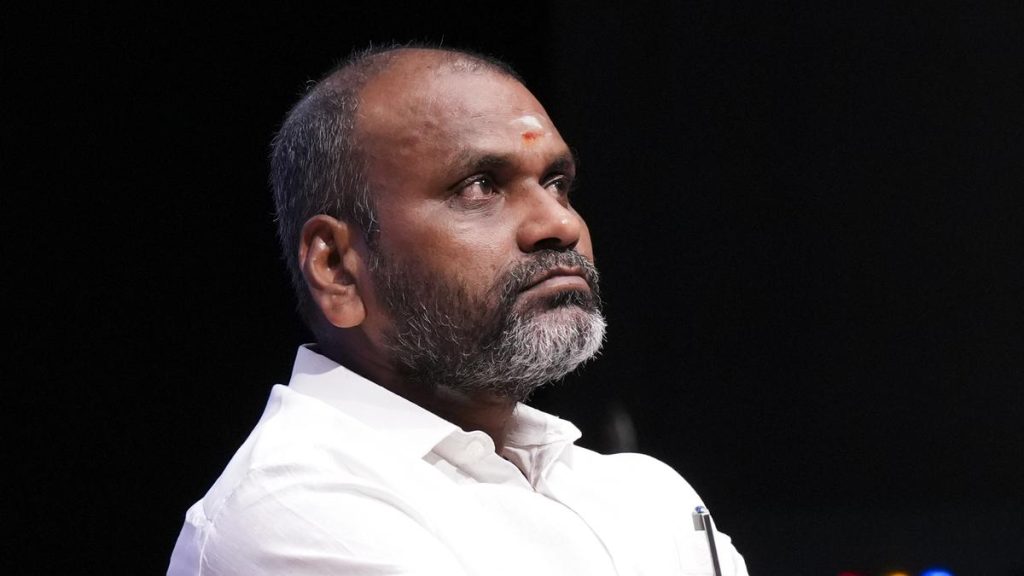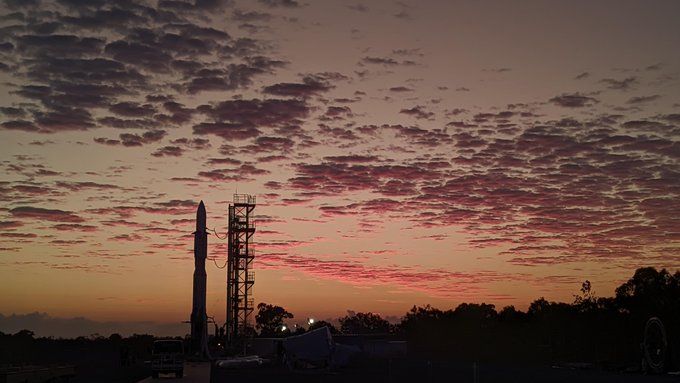Now Reading: SpaceX Falcon 9 Launches 28 Starlink Satellites from Florida
-
01
SpaceX Falcon 9 Launches 28 Starlink Satellites from Florida
SpaceX Falcon 9 Launches 28 Starlink Satellites from Florida

Swift Summary
- On July 29,2025,SpaceX launched 28 Starlink satellites into low Earth orbit from Cape Canaveral Space force Station in Florida.
- The Falcon 9 rocket lifted off at 11:37 p.m. EDT (0337 GMT on July 30). After about nine minutes, the satellites were successfully deployed into their intended orbit.
- The rocket’s first stage (B1069) completed its 26th flight and landed safely on the droneship “Just Read the Instructions” in the Atlantic Ocean.
- SpaceX’s Starlink megaconstellation now exceeds over 8,050 active satellites, out of more than 9,300 units launched since 2018.
- This was SpaceX’s 96th mission of the year, with plans for two more launches this week: another Starlink satellite mission and Crew-11 astronauts’ deployment to the International Space Station.
Images:
!Rocket launch
Caption: A Falcon 9 rocket carrying Starlink satellites launches from Florida on July 29,2025. (Image credit: SpaceX)
!Drone ship landing
Caption: First stage of Falcon 9 lands on an ocean-based droneship. (Image credit: SpaceX)
Indian Opinion Analysis
SpaceX’s growing megaconstellation raises questions about global connectivity and space governance.With over 8,050 active Starlink satellites now operational in low Earth orbit (LEO), many countries-including India-must consider both opportunities and challenges posed by such large-scale private satellite networks. On one hand, these constellations promise expanded internet access to underserved regions; however, they also intensify orbital congestion risks and complicate international regulations.
For India specifically-targeting self-reliance through ISRO-led space initiatives-the rapid advancements by private entities like SpaceX may push domestic stakeholders to accelerate innovation efforts or enhance cooperation frameworks globally. Additionally, public-private interoperability could play a key role as India’s push for Gaganyaan and its own LEO satellite networks unfolds.
with global launches exceeding record frequencies this year (96 missions so far by mid-year) such developments signify a transformative landscape that merits careful navigation for all nations involved in space exploration.



























